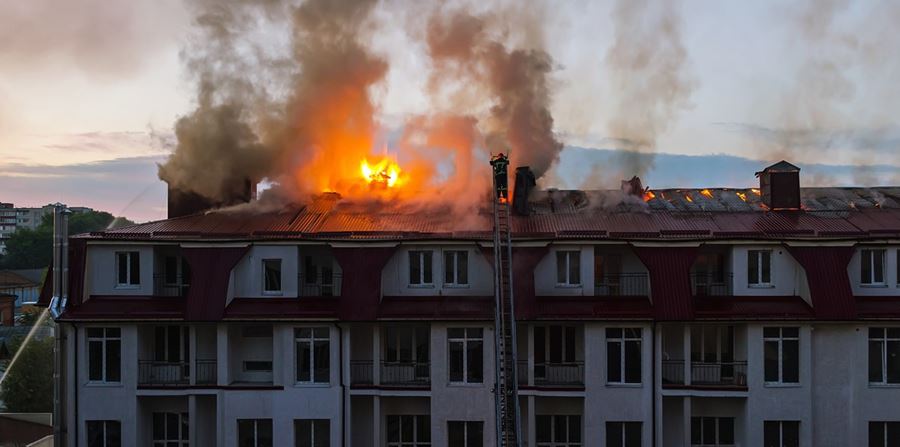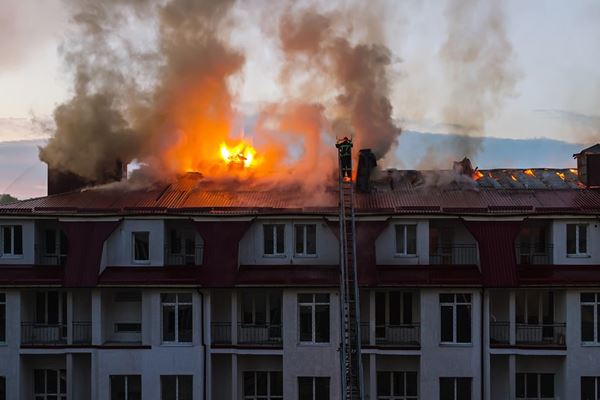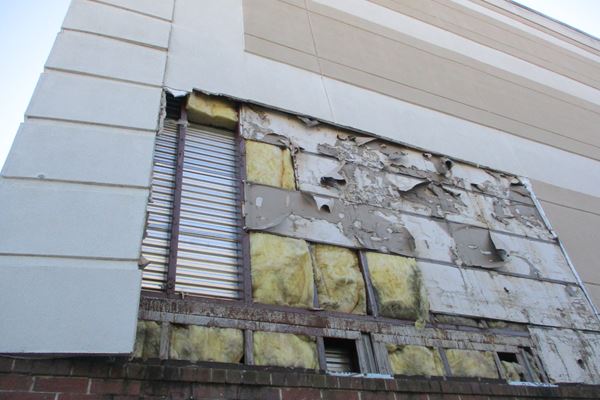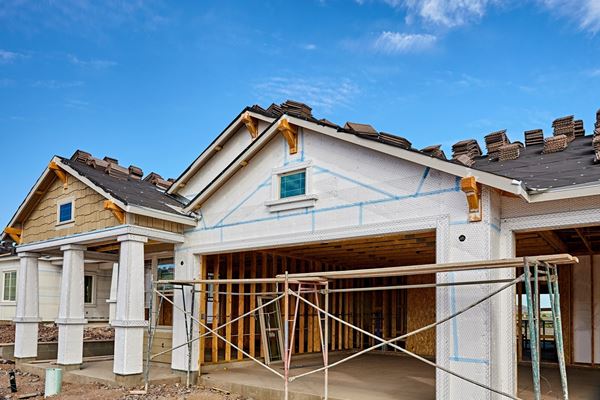EIFS: Construction Efficiency or Construction Concern?

What is EIFS?
Exterior Insulation and Finish System (EIFS) is a non-load-bearing wall cladding system comprised of rigid insulation panels coated with a field-applied synthetic stucco. The insulation panels can be mechanically or adhesively attached to substrates as diverse as concrete block, wood sheathing, gypsum board, metal panels, and more. It is lightweight and can cover large areas with fewer control joints than conventional stucco. The expanded polystyrene (EPS) foam that the rigid insulation panels are made of is on the higher end of thermal efficiency per inch of thickness relative to the other insulation products currently on the market.
Because the foam is molded, it comes in a wide variety of thicknesses and shapes, while also being easily cut to fit building forms and features. The coatings come in a wide variety of colors and textures, allowing EIFS to fit both classic and contemporary building designs.
Although it's an increasingly popular cladding technique, it comes with a very real concern: flammability.
Where is EIFS most prevalent?
Before we jump into what makes it combustible, let's back up a bit and understand where this material originated.
EIFS was developed in Europe in the 1960s and was designed to provide the European construction market with a means to insulate older brick buildings without taking valuable interior space and, at the same time, enhancing their appearance. EIFS was introduced to North America in 1969 and marketed under the name Dryvit® and was originally used on commercial buildings such as offices, shopping centers, apartments, and hotels. The popularity of EIFS increased greatly during that time due to the oil crisis and EIFS's potential for contributing to energy efficiency. Eventually, prices came down and EIFS became attractive for more widespread use in single-family residences.
Currently, EIFS enjoys worldwide use and is gaining popularity with the continuous insulation movement. Yet, the concerns for insurers continue.
Why is EIFS flammable?
While EIFS has had a reputation for moisture-related issues, it also has flammability concerns. Such concerns lead to recommendations for insurers to classify EIFS as combustible for rating purposes.
Polystyrene foam is a thermoplastic material, a petroleum-derived plastic, which means it will melt and flow when heated at lower temperatures relative to other building materials. Though EIFS does include the synthetic stucco coating to prevent direct ignition, the insulation panels can be deformed by heat and undermine the stucco coating. In locations or uses where fires are of greater concern, several EIFS manufacturers have added flame retardants to the foam to reduce its flame spread rating.
Ignition and Fire Spread Involving EIFS
Several factors can affect the actual performance of EIFS in a fire situation. Material defects, poor workmanship, impact damage, installation errors, and other factors that expose the insulation are among the leading causes of fire. According to White and Delichatsios, these fires can be ignited in one of two possible ways:
- Fires external to the building (other burning buildings, external ground fires)
- Fires internal to the building that has resulted in breaking the windows and ejecting flames onto the facade
Once ignited, mechanisms of fire spread include:
- Spread to interior or level above through openings such as windows, causing secondary interior fires resulting in level-to-level fire spread (i.e. leapfrogging)
- Across the external surface of the facade assembly, if combustible
- Within an internal vertical-cavity/air gap or internal insulation layer
- Through failures or deficiencies of any fire barriers, if present – particularly at the junction of the floor with the external wall
- Heat flux impacts causing degradation/separation of non-combustible external cladding (loss of integrity), thus exposing an internal core
- Fallen burning debris or downward fire spread causing secondary external fires to lower (ground) levels
- Channeling of convective heat and re-radiation between surfaces such as corners or in channels, accelerating flame spread
The Future of EIFS
Many combustible materials are used today in commercial exterior wall assemblies for a number of reasons, but most commonly to resist water intrusion, improve energy performance with improved insulation, and allow for design flexibility. However, the combustibility of the assembly components has proven to be a fire hazard; the insulation component, polystyrene foam, alone promotes flame spread when melted.
There have been a number of documented fire incidents involving combustible exterior walls, and EIFS should be evaluated as a possible reason. Subrogation matters and high-dollar claims have all been experienced due to this material. How it will change or adapt in the future to help mitigate these issues is unknown. But what we do know is, until that day happens, we need to evaluate the property with due diligence when EIFS is present.
Sources:
Canadian Underwriter. Don't get burned rating EIFS. Dec. 1, 2006.https://www.canadianunderwriter.ca/features/don-t-get-burned-rating-e-i-f-s/
Fire Hazards of Exterior Wall Assemblies Containing Combustible Components. White and Delichatsios. 2014.
Willis. EIFS: When F is for Flammable. December 2008.
Nuestros consultores están listos para ayudar.



